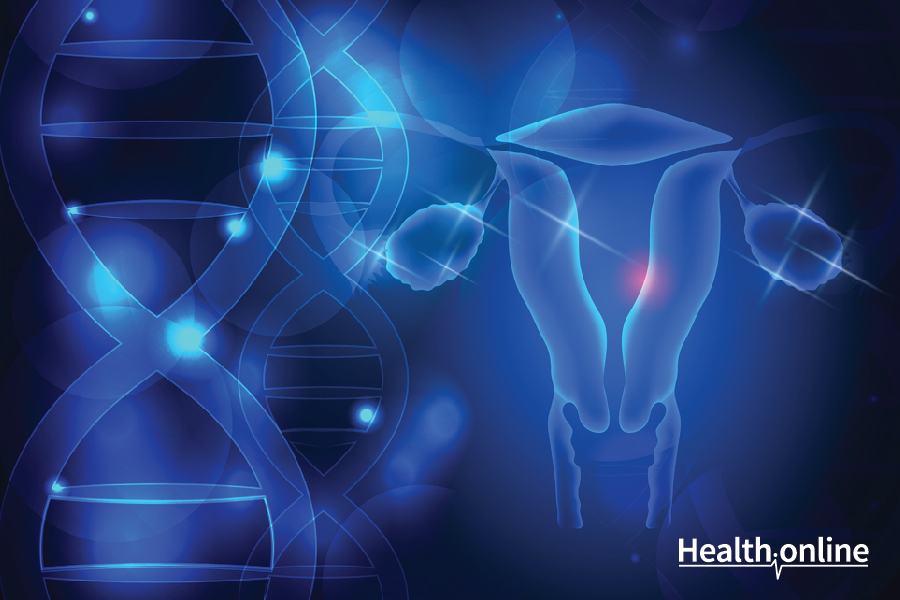
Introduction to Polycystic Ovary Syndrome (PCOS)
Polycystic Ovary Syndrome (PCOS) is an endocrine system disorder that occurs in women of reproductive age. PCOS is suspected in women who present with enlargement of their ovaries and/or with multiple follicles within each ovary. It is diagnosed via trans-vaginal ultrasound of the ovaries.
Polycystic Ovary Syndrome is caused by a dysfunction within the Hypothalamus-Pituitary-Ovarian Axis. The hypothalamus is an organ located in the brain that is responsible for the production of different hormones. The Hypothalamus-Pituitary-Ovarian Axis is the signaling system between the brain and body that regulate hormones and maintain homeostasis. In a healthy functioning body, the hormones produced in the hypothalamus will stimulate the secretion of the various hormones from the pituitary gland. The hormones secreted from the pituitary gland will then act on their specific target organs. In PCOS were are dealing with the hormones that stimulate the ovaries.
In order to understand the pathophysiology of PCOS, it is imperative to understand the normal Hypothalamus-Pituitary-Ovarian Axis influence on the ovaries. The hormone that is produced and secreted from the hypothalamus is called Gonadotropin-Releasing Hormone (GnRH). GnRH is the hormone that causes the release of Luteinizing Hormone (LH) and Follicle-Stimulating Hormone (FSH) from the pituitary gland. The hormones LH and FSH then stimulate the ovaries to produce estrogen and progesterone.
GnRH (released from hypothalamus) –> Stimulated the Pituitary Glands to release (LH) and (FSH)–> Stimulated the Ovaries to produce estrogen
In patients who have Polycystic Ovary Syndrome (PCOS), the Hypothalamus-Pituitary-Ovarian Axis will be altered and the result will be an imbalance in the secretion of these hormones. The appropriate release of these hormones is essential for a woman to ovulate and have the opportunity to reproduce. In patients with PCOS, their is an increase in the release of GnRH from the hypothalamus. The increased release of GnRH results in an elevation in androgen release, which eventually causes an increase in the LH:FSH ratio.
Due to elevated androgen secretion, the follicles in the ovaries will not develop and consequently there will be no ovulation. If a woman does not ovulate then she is incapable of becoming pregnant. In addition, when no ovulation occurs it is accompanied by the development of more cysts within the ovaries; thus creating polycystic ovaries. Further more, without ovulation progesterone is not released. Because progesterone is not being released as it should, estrogen production is unopposed leading to increased levels of estrogen and decreased levels of progesterone.




